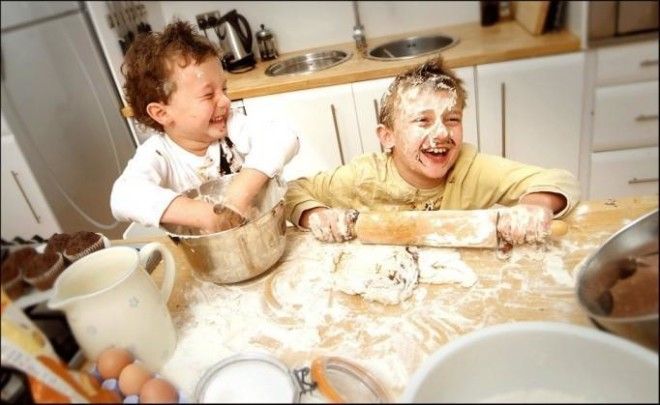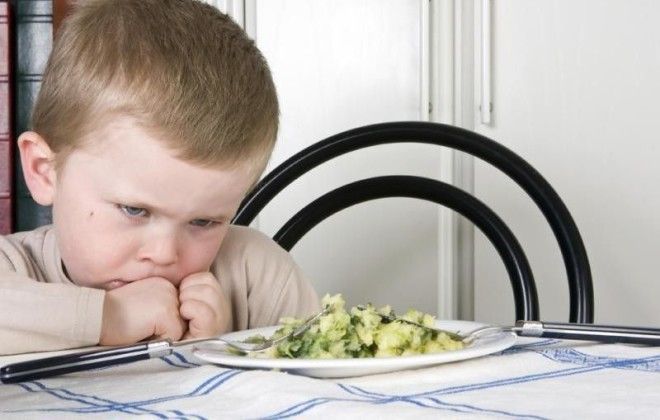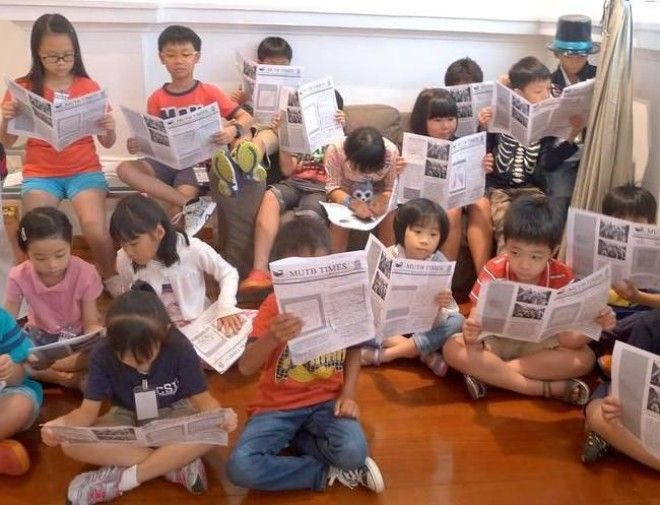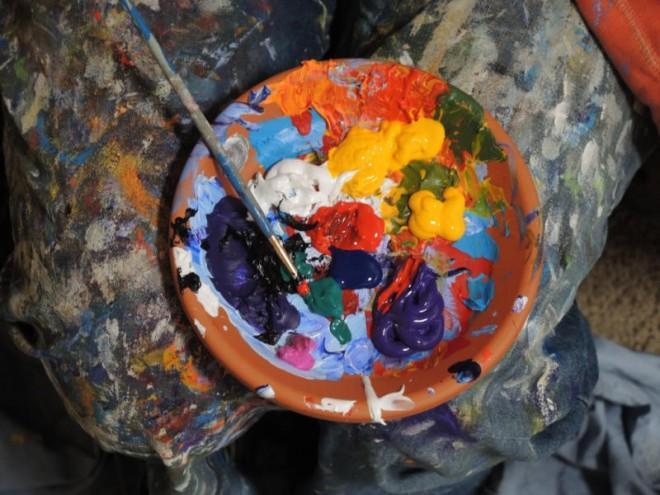A recent blog I read by Amir Kurtovic said this: “According to (a) study, the future of jobs belongs to roles that rely on soft skills such as communication, social intelligence and creativity, skills that are hard to quantify or replicate my machines or software.” This has huge implications on your children and mine! This means that our children will need creativity to thrive in the future workplace.
Now, for those of you who are parents, what about your child’s creativity? Do you foster it or hinder it? Well, you may be suppressing it without even knowing.
As parents, we want our children to grow and thrive intellectually as well as socially, physically, emotionally, and creatively — you know, those “soft skills” mentioned earlier. It is vital for a child to have that creative outlet. We want them to express themselves and explore. Children are naturally bent towards these things. Allowing a child to be expressive is key for their development. It affects almost every aspect of their growth. So, what actually hinders their creativity?
1. You don’t allow messes.

Children need to be able to make messes. That is part of them seeing how things fit together and work. They need to be able to cut, glue, take apart, and put things together their way. One of the best suggestions I can give you is to get a box or bucket and fill it with odd items: glue sticks, paper scraps, leftover bottle tops, toothpicks, markers, odd stickers, wires, and other objects from around the house or in drawers. Allow them to explore and use these items creatively — with safety in mind, of course.
2. You structure your children’s activities too much.

We tend to overschedule our children’s free time. Soccer, t-ball, dance class, swim lessons — these are all good. Just remember to leave time for children to actually play. It is during play where the mind is allowed freedom and children learn to make connections.
Advertising
3. You encourage too much screen time.

Children need downtime from electronics (we all do, actually). They need outdoor exploration time too. They need to get dirty, climb trees, dig in the dirt, collect leaves and rocks, and interact with bugs, frogs, and lizards, without it being “icky.” Being outside does wonders for the human body and mind. It connects us to the world we live in.
4. You give them limited choices.

We give our children choices all the time. We give them two or three choices for snacks, give them two choices for which outfit to wear, etc. It is good to actually let them come up with their own ideas on what to eat. My daughter chose apples with ketsup the other day. On the inside, I cringed — but she ate every bite! Okay, so she ate the apple, that was all I really wanted her to do — mission accomplished! Allowing children open-ended responses will sometimes give them a new experience you had not previously thought of.
5. You correct their creativity.

As an art teacher, this one really gets me! Roses are not always red, the sky is not always blue, and the grass is not always green. Allow children to really have fun when they color or paint. Even if the ground is not normally orange with blue polka dots and dogs are not purple with yellow stars, it is not harmful for a child to color this way. In fact, allowing them to express themselves in this way may just prove beneficial for their future career!

